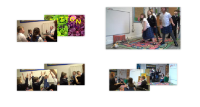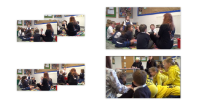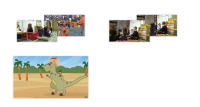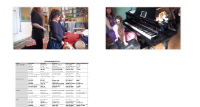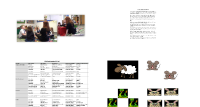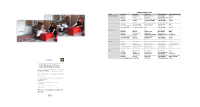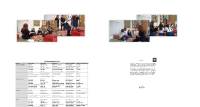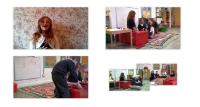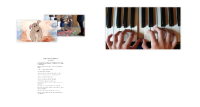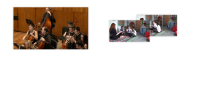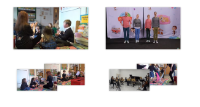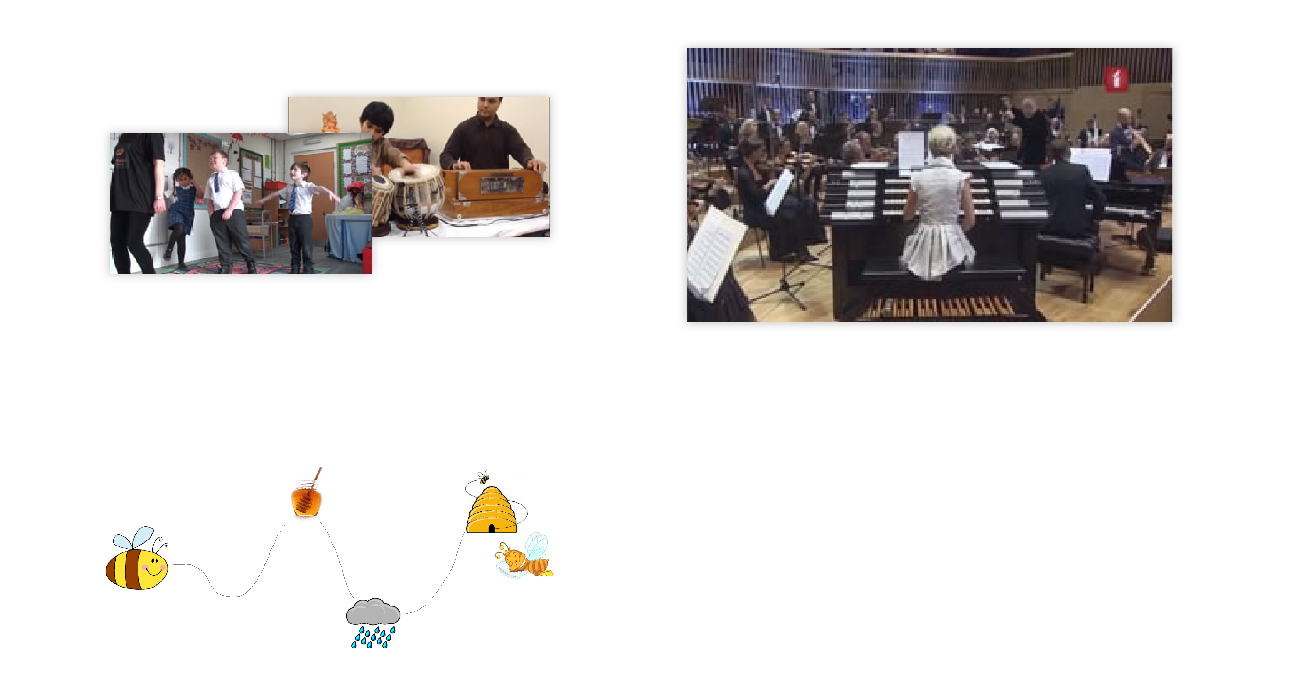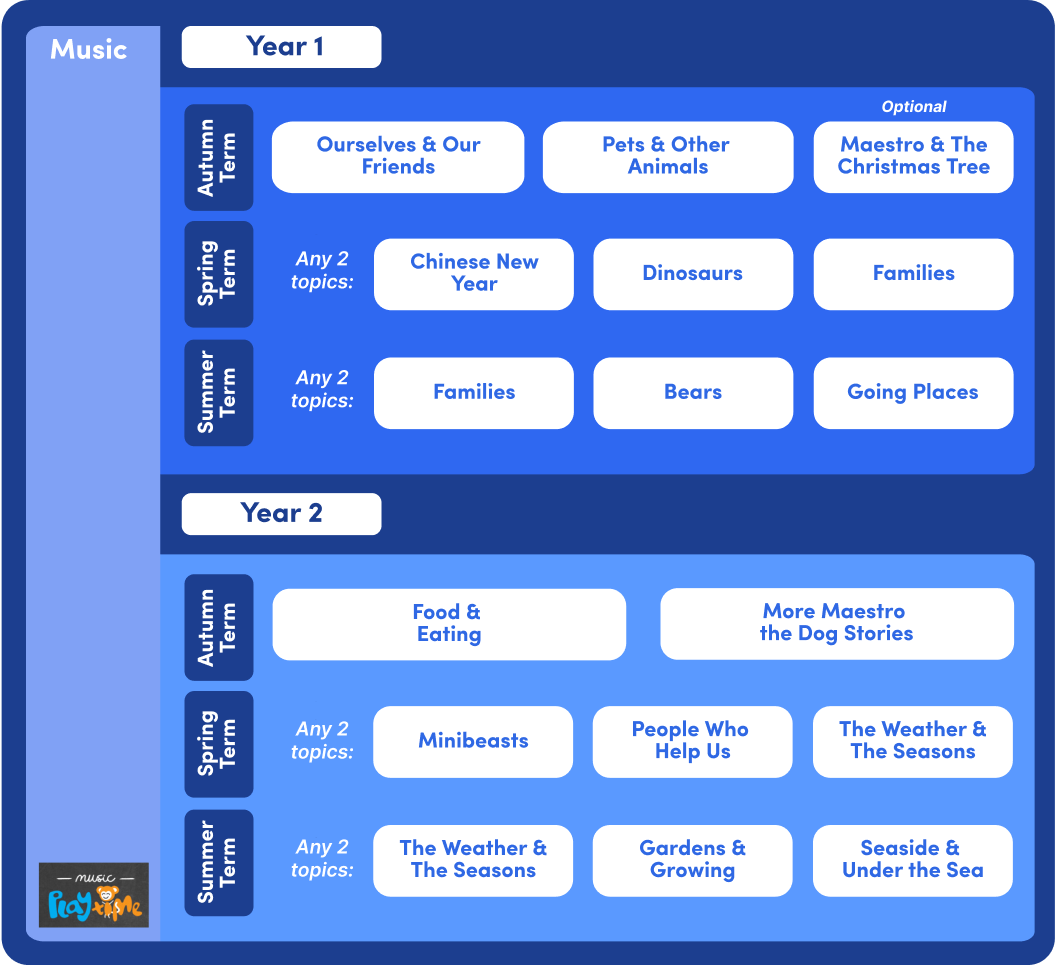Minibeasts Level: Key Stage 1
Music Unit Description
All about mini-beasts, the activities include following a graphic score and making sound pictures.
Elements
- Dynamics: Louder or quieter sounds.
- Duration: Long or short notes, RHYTHM.
- Pitch: High pitched and low pitched sounds.
- Timbre: The individual quality of a sound.
- Texture: A single sound, or combined sounds.
Resources
- Books: the Very Hungry Caterpillar by Eric Carle ISBN 0590030299 and Twist and Hop, Minibeast Bop . by Tony Mitton ISBN 1408336871
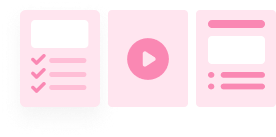
The Forbidden Minibeast
This is a call and response clapping game. Everyone sits in a circle and the teacher or leader claps the rhythms of four minibeasts :
- Cat-er-pill-ar
- Cen-ti-pede
- Liz-ard
- Ant
Start by saying and clapping the names, with the children saying and clapping back.
Next, clap the rhythms only. Any child is allowed to call out the right minibeast name.
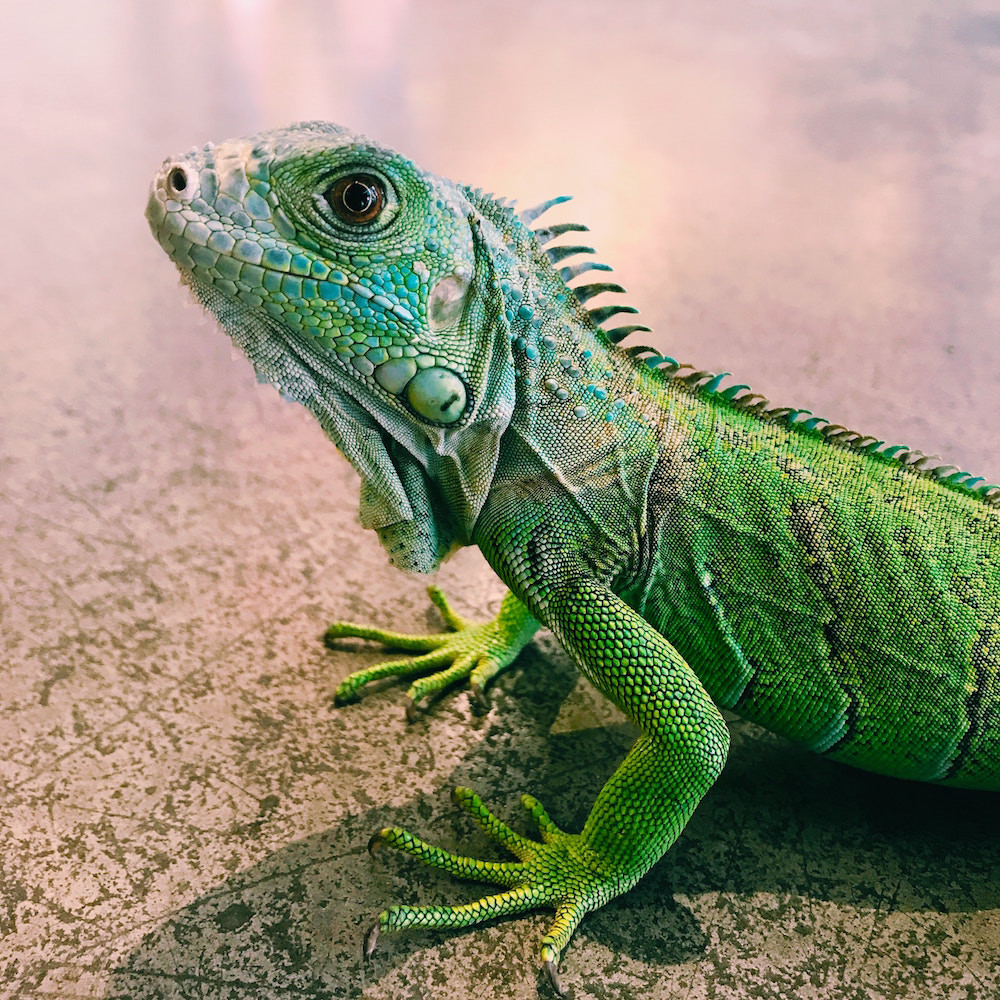
Now for the final game: Say, 'Today's Forbidden Minibeast is ... Lizard'. The children clap back whichever rhythm you clap UNLESS you clap Lizard, in which case they must not clap. They either sit still or do a silent action such as touching their noses. By the way, I dislike the notion of those who get it wrong being 'out' - it's not necessary, the fear of being 'out' is inhibiting and it's no fun at all.
Change the minibeasts every few days, particularly the Forbidden Minibeast - we don't want to raise a generation of children who bear a grudge against lizards.

Incy Wincy Spider
The words are easy to remember but you will need to teach the tune a line at a time, using First Me, Then You. You'll hear different versions of the tune so it's best to learn it thoroughly yourself first to be sure of it. This is a good song to sing unaccompanied, doing the actions.
- Incy Wincy Spider climbed up the water spout
- Down came the rain and washed the spider out
- Out came the sunshine and dried up all the rain
- So Incy Wincy Spider climbed up the spout again
There's a Spider on the Floor
A fun song, particularly useful if anyone is frightened of spiders (although Luchia, the singer, is not convinced!).
- There's a spider on the floor ...
- Tell me are there any more?
- __
- There's a spider on my knee ...
- And it's very tickly
- __
- There's a spider on my arm
- But it won't do any harm

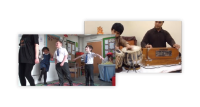
Little Bird, Little Bird (rhythm, pulse)
This is a chant for practising walking in time. I was surprised, when I first started teaching, to discover how difficult some children find walking in time! You'll probably need to do this truly 'one step at a time'! Don't forget that it's easier for the children to copy you if you are in a row or if you have your back to them so that they can match your left and right. We walked on the spot here but, if you have enough space, let the children follow you in a line, like ducklings. Here's me getting my right and left feet muddled up!
- Little bird (left, right)
- Little bird (left, right)
- Left your nest (left, right)
- Was it right? (left, right)
- __
- Little bird (left, right)
- Little bird (left, right)
- Came back home (left, right)
- In the night (left, right)
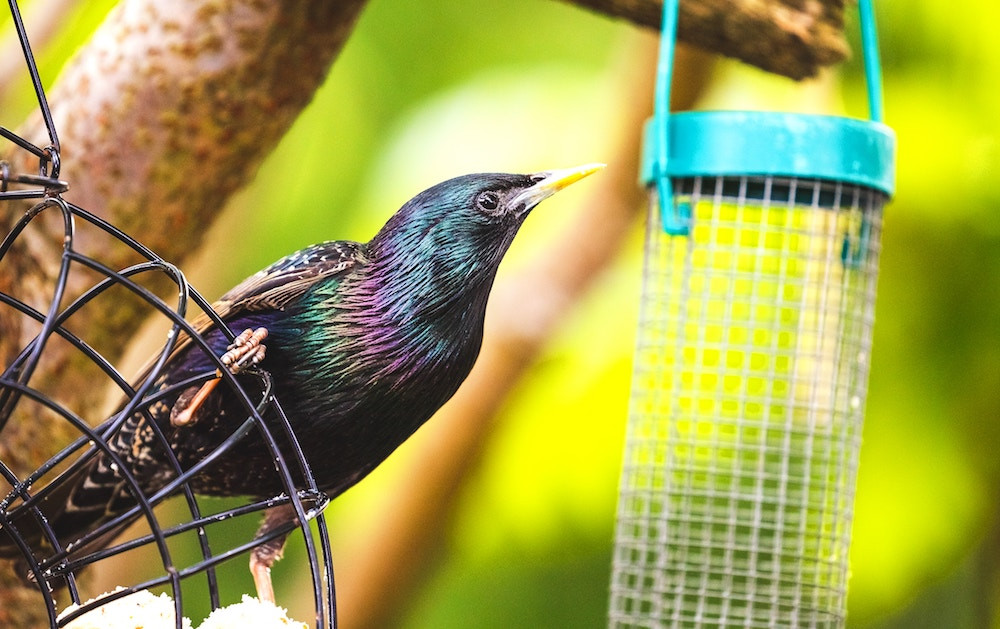
Little Bird Tabla Drumming
The tabla is a traditional pair of Indian hand drums. The two tabla drums make a different sound not only from each other, but also depending on where on the skin they are struck with the fingers. When tabla players learn to play, they are taught to associate the sounds of the drum with vocal sounds such as 'din' and 'dah'.
If you are lucky enough to have a pair of tabla, the children can practise playing Little with left hand (two taps) and bird with right hand (one tap). Any two, different size drums can make a satisfactory substitute. While one child plays the drums, all the other children can practise using the correct hands by tapping gently on knees.
In the video the child is playing the tabla and the other instrument is the harmonium, a keyboard instrument (see player's right hand) powered by bellows (player's left hand).

Birds and Peanuts (timbre)
An activity for pairs of children. First discuss with the whole group of children what birds like to eat. Then at various points in the day, the children go in pairs to the music corner and each choose an instrument that makes a completely different sound (timbre). One is the bird pecking the food (eg wooden claves) and the other is the peanuts in a bird feeder (eg a shaker).
The children make up a little sequence of music about the bird eating the nuts by taking turns to play. This sequence is by Holly and Florence using claves and a shaker made of nut shells on a string.
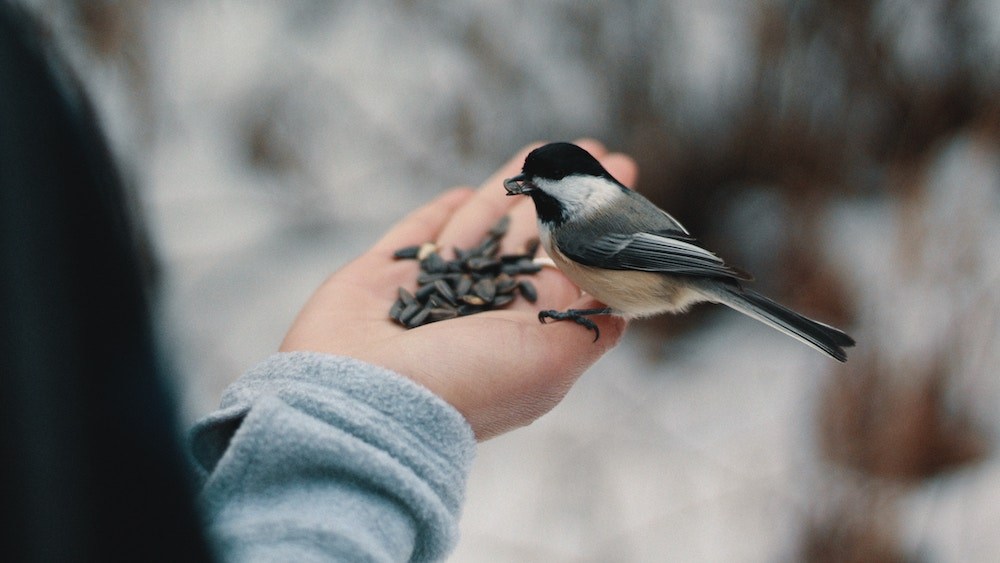
Extension Activity (tempo, dynamics)
As an extension, the children could make another difference by changing the way they play their instrument - for example:
- Dynamics - Play the claves quietly and play the shaker loudly
- Tempo - Play the claves quickly and play the shaker slowly
Whole Class Activity
You could do this as a whole class activity even if you don't have enough instruments, by having two children playing instruments and the rest of the class using body sounds like clapping for the bird and rubbing hands together for the shakers.
The piece of music can be given a name, then recorded so the children can listen.
Stick Insects (and birds)!
Clap, then play, the word rhythms of minibeasts or birds. Then represent the sounds in sticks, which are a bit like 'proper' notation. To work out how to do this, space the words out evenly as if in a grid. Then draw sticks close together to represent saying a two-syllable word eg robin that takes up just the same time as saying a one-syllable word eg owl. Here's a picture to explain it:

A Maxibeast!
No one knows who wrote this poem, but we like it!
- Consider the poor hippopotamus
- His life is unduly monotonous
- He lives half asleep
- On the edge of the deep
- And his face is as big as his bottom is!
You may need to explain some of the words, then teach it by rote. When the children can say it fluently, they can have a go at singing it to their own tune. Given the suggestion, more children than you might imagine can spontaneously make up a tune for a poem without any help at all.

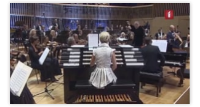
Dzenguze Kuko (timbre, texture)
This is a gentle Latvian folk-song about a cuckoo. I believe that children should have the opportunity to see and hear choirs and orchestras from an early age. I have found that young children love the music that I'm enthusiastic about and that they listen in an open-minded way to everything I share with them. Experiencing music like this live is just not an option for many children so I'm offering it with no apology, in the spirit of equal opportunities.
Aviary (texture, pitch, tempo)
Aviary is from The Carnival of the Animals by Saint-Saens. The children will need to know before listening that the music is about birds because they will probably be unfamiliar with the word, 'Aviary'. The music is good for fluttering around to - the children could pretend to be a flock of birds, all travelling in the same direction. After moving to the music, you could explore what makes it sound bird-like eg the fluttery tune, the high-pitched notes played on the flute, the quick tempo, the full texture of several instruments playing at once.

The Very Hungry Caterpillar
First you could read the story of The Very Hungry Caterpillar. This is what each child needs to make him:
- Egg cartons (twelve pack)
- Glue
- Scissors
- Pipe Cleaners
- Green Paint
- Red Paint
- Stick on Eyes
Method:
- Cut the egg carton in half length ways and turn upside down.
- In the top of the first section, make two holes either side for the pipe cleaners to fit in as antennae and cut them to size.
(Depending on the skill of the children, the cutting stage may need to be done by an adult.)
- Paint the section with the two holes in red and paint the remaining five sections in green.
- When the paint has dried, insert the pipe cleaners into the holes and secure with sellotape if necessary.
- Glue on the eyes.
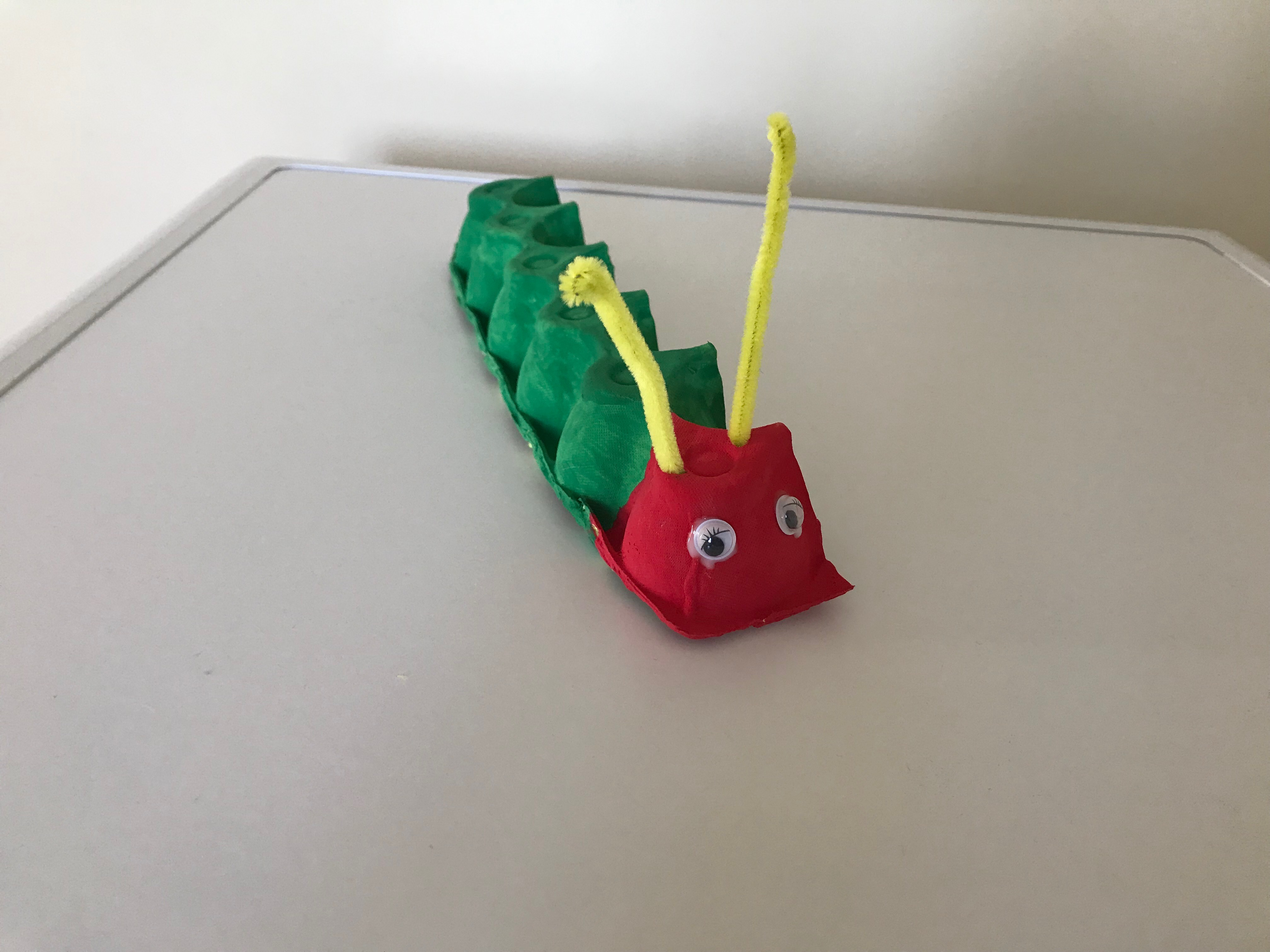
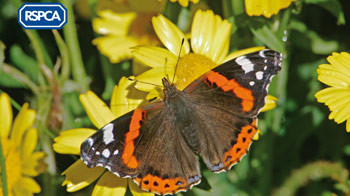
RSPCA Minibeasts Pack
The RSPCA has a whole range of activities on Minibeasts for Elementary School. Download the resource packs here.
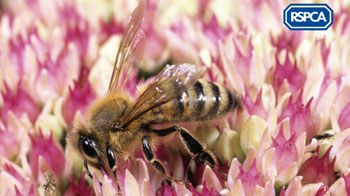
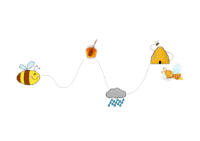

The Forbidden Minibeast
This is a call and response clapping game. Everyone sits in a circle and the teacher or leader claps the rhythms of four minibeasts :
- Cat-er-pill-ar
- Cen-ti-pede
- Liz-ard
- Ant
Start by saying and clapping the names, with the children saying and clapping back.
Next, clap the rhythms only. Any child is allowed to call out the right minibeast name.

Now for the final game: Say, 'Today's Forbidden Minibeast is ... Lizard'. The children clap back whichever rhythm you clap UNLESS you clap Lizard, in which case they must not clap. They either sit still or do a silent action such as touching their noses. By the way, I dislike the notion of those who get it wrong being 'out' - it's not necessary, the fear of being 'out' is inhibiting and it's no fun at all.
Change the minibeasts every few days, particularly the Forbidden Minibeast - we don't want to raise a generation of children who bear a grudge against lizards.

Incy Wincy Spider
The words are easy to remember but you will need to teach the tune a line at a time, using First Me, Then You. You'll hear different versions of the tune so it's best to learn it thoroughly yourself first to be sure of it. This is a good song to sing unaccompanied, doing the actions.
- Incy Wincy Spider climbed up the water spout
- Down came the rain and washed the spider out
- Out came the sunshine and dried up all the rain
- So Incy Wincy Spider climbed up the spout again
There's a Spider on the Floor
A fun song, particularly useful if anyone is frightened of spiders (although Luchia, the singer, is not convinced!).
- There's a spider on the floor ...
- Tell me are there any more?
- __
- There's a spider on my knee ...
- And it's very tickly
- __
- There's a spider on my arm
- But it won't do any harm


Little Bird, Little Bird (rhythm, pulse)
This is a chant for practising walking in time. I was surprised, when I first started teaching, to discover how difficult some children find walking in time! You'll probably need to do this truly 'one step at a time'! Don't forget that it's easier for the children to copy you if you are in a row or if you have your back to them so that they can match your left and right. We walked on the spot here but, if you have enough space, let the children follow you in a line, like ducklings. Here's me getting my right and left feet muddled up!
- Little bird (left, right)
- Little bird (left, right)
- Left your nest (left, right)
- Was it right? (left, right)
- __
- Little bird (left, right)
- Little bird (left, right)
- Came back home (left, right)
- In the night (left, right)

Little Bird Tabla Drumming
The tabla is a traditional pair of Indian hand drums. The two tabla drums make a different sound not only from each other, but also depending on where on the skin they are struck with the fingers. When tabla players learn to play, they are taught to associate the sounds of the drum with vocal sounds such as 'din' and 'dah'.
If you are lucky enough to have a pair of tabla, the children can practise playing Little with left hand (two taps) and bird with right hand (one tap). Any two, different size drums can make a satisfactory substitute. While one child plays the drums, all the other children can practise using the correct hands by tapping gently on knees.
In the video the child is playing the tabla and the other instrument is the harmonium, a keyboard instrument (see player's right hand) powered by bellows (player's left hand).

Birds and Peanuts (timbre)
An activity for pairs of children. First discuss with the whole group of children what birds like to eat. Then at various points in the day, the children go in pairs to the music corner and each choose an instrument that makes a completely different sound (timbre). One is the bird pecking the food (eg wooden claves) and the other is the peanuts in a bird feeder (eg a shaker).
The children make up a little sequence of music about the bird eating the nuts by taking turns to play. This sequence is by Holly and Florence using claves and a shaker made of nut shells on a string.

Extension Activity (tempo, dynamics)
As an extension, the children could make another difference by changing the way they play their instrument - for example:
- Dynamics - Play the claves quietly and play the shaker loudly
- Tempo - Play the claves quickly and play the shaker slowly
Whole Class Activity
You could do this as a whole class activity even if you don't have enough instruments, by having two children playing instruments and the rest of the class using body sounds like clapping for the bird and rubbing hands together for the shakers.
The piece of music can be given a name, then recorded so the children can listen.
Stick Insects (and birds)!
Clap, then play, the word rhythms of minibeasts or birds. Then represent the sounds in sticks, which are a bit like 'proper' notation. To work out how to do this, space the words out evenly as if in a grid. Then draw sticks close together to represent saying a two-syllable word eg robin that takes up just the same time as saying a one-syllable word eg owl. Here's a picture to explain it:

A Maxibeast!
No one knows who wrote this poem, but we like it!
- Consider the poor hippopotamus
- His life is unduly monotonous
- He lives half asleep
- On the edge of the deep
- And his face is as big as his bottom is!
You may need to explain some of the words, then teach it by rote. When the children can say it fluently, they can have a go at singing it to their own tune. Given the suggestion, more children than you might imagine can spontaneously make up a tune for a poem without any help at all.


Dzenguze Kuko (timbre, texture)
This is a gentle Latvian folk-song about a cuckoo. I believe that children should have the opportunity to see and hear choirs and orchestras from an early age. I have found that young children love the music that I'm enthusiastic about and that they listen in an open-minded way to everything I share with them. Experiencing music like this live is just not an option for many children so I'm offering it with no apology, in the spirit of equal opportunities.
Aviary (texture, pitch, tempo)
Aviary is from The Carnival of the Animals by Saint-Saens. The children will need to know before listening that the music is about birds because they will probably be unfamiliar with the word, 'Aviary'. The music is good for fluttering around to - the children could pretend to be a flock of birds, all travelling in the same direction. After moving to the music, you could explore what makes it sound bird-like eg the fluttery tune, the high-pitched notes played on the flute, the quick tempo, the full texture of several instruments playing at once.

The Very Hungry Caterpillar
First you could read the story of The Very Hungry Caterpillar. This is what each child needs to make him:
- Egg cartons (twelve pack)
- Glue
- Scissors
- Pipe Cleaners
- Green Paint
- Red Paint
- Stick on Eyes
Method:
- Cut the egg carton in half length ways and turn upside down.
- In the top of the first section, make two holes either side for the pipe cleaners to fit in as antennae and cut them to size.
(Depending on the skill of the children, the cutting stage may need to be done by an adult.)
- Paint the section with the two holes in red and paint the remaining five sections in green.
- When the paint has dried, insert the pipe cleaners into the holes and secure with sellotape if necessary.
- Glue on the eyes.


RSPCA Minibeasts Pack
The RSPCA has a whole range of activities on Minibeasts for Elementary School. Download the resource packs here.


